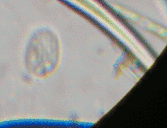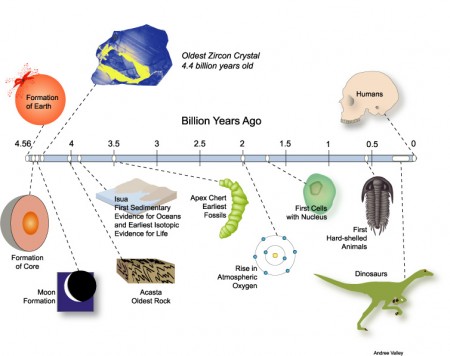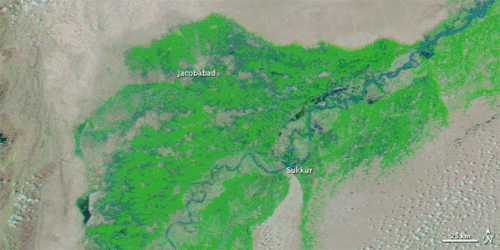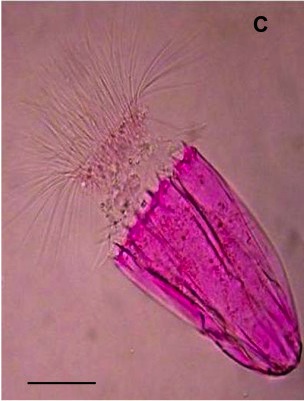
Two years ago, the middle school’s flagship project was to put up a fully functional greenhouse (using this design). It took all year but we did it. On the way, we got to practice geometry, mapping and construction, while learning and growing plants and studying soil profiles. It was so successful that, with our spring plant sale we broke even on the entire project.
Last year, however, the greenhouse was somewhat neglected. My plans to add an automatic window opener, which would have been a wonderful tie-in to our electronics and Newtonian physics studies, did not work out; we just did not have the time. We’d taken the plastic covering off, so only the bare, forlorn PVC frame was left standing around a plot of waist-high weeds.
Though I could not have predicted it, this year we have a strong core group of students who are highly enthusiastic about resurrecting the greenhouse and making it work. My suggestion was that we try to grow produce this fall that we could cook in December when we do our Dinner and a Show. Well, two weeks in, they’ve already put together a menu plan, weeding is well on its way and I’m being harassed to hurry up and arrange a trip to Home Depot. The excitement is so infectious that another student has volunteered to bring in his electric weed-whacker during the immersion. It’s amazing!
I’m having the hardest time not butting in. There is a beauty in seeing a well oiled machine executing a project or solving a difficult problem. But there is another even more wonderful aesthetic visible in a the birthing struggles of a nascent team. The forward motion of infectious enthusiasm is pulling puzzle pieces into its wake, and the pieces just seem to click into place when the time is right. I have to keep reminding myself that my job is to prepare the environment and let the kids do the rest.











